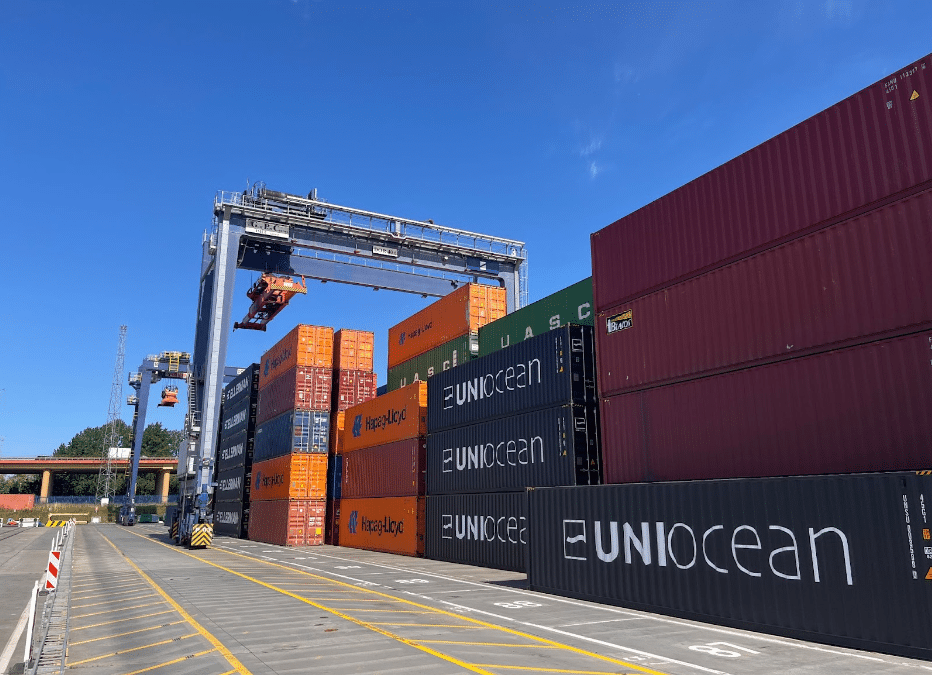Maritime transportation today is the basis for the smooth operation of many businesses around the world. In order for this type of transport of various products to be possible, it is necessary to provide the right conditions for transporting and securing goods. Containers are used for this purpose. Find out what are the characteristics of such objects and what are the dimensions of shipping containers.
Sea containers and their specifics
Shipping containers are mainly used for the transport of general cargo, although it is also possible to carry out other transport purposes, as well as storage. Shipping containers are equipped with special handles for the safe attachment of cargo, while the floor of such a mobile object, is made of durable and waterproof plywood, usually with a thickness of about 3 cm. Depending on the type and dimension of the shipping container, the load capacity is up to 29 tons (in special cases about 42 tons).
Shipping containers can also be converted in various ways. Thus, they can be used to house various equipment of larger dimensions or be a technical container. It is also a good idea to organize a workshop or mobile tool room and other specialized points.
Dimensions of shipping containers
ISO-standardized shipping containers come in a standard height of 2.59 meters and the three most common dimensions:
- ISO 20’DV – external length 6 m, width 2.44 m, volume 33.2 m3, maximum load capacity 28480 kg,
- ISO 40’DV – external length 12 m, width 2.44 m, volume 67.7 m3, maximum payload 27100 kg,
- ISO 40’HC – external dimension is 12 m, width 2.44 m, volume 76.4 m3, and maximum payload is 26930 kg.
Between European ports, 45′ HC PW containers with a height of 2.7 m, width of 2.42 m and length of 13.5 m are also used. These containers have a volume of 88.7 m3 and a cargo capacity of 29550 kg.
Shipping containers, and their different variants
Open top (OT) containers are specialized containers used mainly for transporting cargo that does not fit in standard closed top containers. There are two main types of these containers: 20′ Open Top (20′ OT) and 40′ Open Top (40′ OT).
20′ Open Top (20′ OT)
- Internal dimensions: length 5.894m, width 2.311m, height 2.354m
- Capacity: Approximately 32.23 m³
- Description: 20-foot Open Top container is an ideal solution for transporting heavy and oversized cargo. Thanks to the removable tarpaulin, loading from the top is possible, making it easy to transport cargo that cannot be easily loaded through the doors of a standard container. This container has a steel construction with a hardwood floor, which ensures the strength and stability of the goods being transported.
40′ Open Top (40′ OT)
- Internal dimensions: length 12.028 m, width 2.350 m, height 2.345 m
- Capacity: Approximately 65.5 m³
- Description: the 40-foot Open Top container is a larger version of the 20′ OT container, dedicated to transporting large and heavy cargo. As with the smaller model, this container has a removable tarpaulin, allowing loading from the top. The steel structure and wooden floor ensure the safety and stability of the transported goods. Ideal for transporting machinery, equipment and other oversized cargo.
Both types of Open Top containers are key in logistics when flexibility is required for loading and unloading large or unusual cargo. They are commonly used in various industries such as heavy industry, construction, and agriculture.
Shipping also uses 20′ and 40′ so-called Flat rack containers, which are built with only a base and two shorter walls. They are used to transport shipments that do not fit in standard containers and heavy equipment. In addition, there is also a container – platform 20′ and 40′ devoid of walls and ideal for one-piece cargoes, as well as a container – refrigerator (Reefer) 20′ and 40′. These types of containers can both cool and heat goods.
